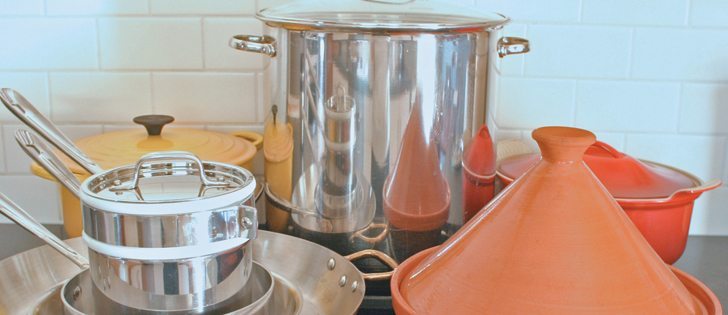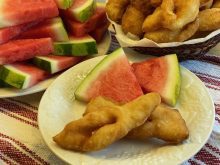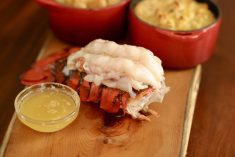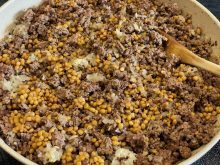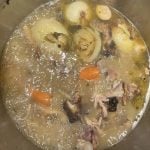When most of us think of cooking, we think about fresh ingredients, proper measurements and cooking times. But pots and pans matter too.
Stovetop cooking pots and pans contain materials ranging from copper to aluminum to cast iron. Each material has unique qualities and reacts differently with the cooktop and food.
The type of cooktop in the kitchen must be compatible with the pot. The type and thickness of the material affect the speed that heat is dispersed through the pan to the food.
Consider the specific use for each pot. Aluminum pans are good conductors of heat and are lightweight and easy to handle, but food should not be stored in them. A chemical reaction will bring a change in colour and flavour.
Read Also
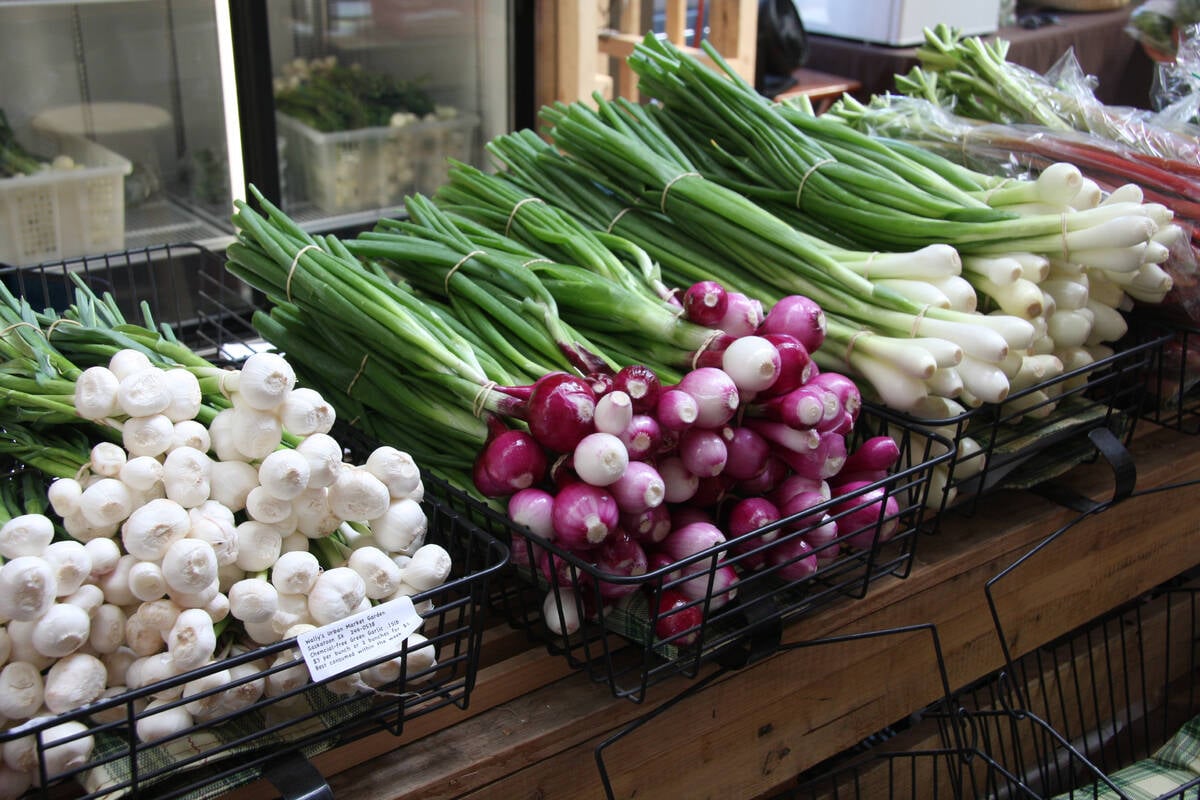
Starting a small business comes with legal considerations
This article sets out some of the legal considerations to start a business to sell home-grown product, such as vegetables, herbs, fruit or honey.
Stainless steel pans are attractive but not good heat conductors. They will have hot spots, resulting in uneven cooking.
Cast iron pans conduct heat well and hold it for a long time. The pan must be pre-seasoned before using or it will dry out and food will stick.
Season it by cleaning it in warm soapy water. Dry thoroughly, and rub with cooking oil on all sides. Place in a 325 F (175 C) oven and bake for an hour. Turn off the oven and let cool to room temperature.
I wash my pan in soapy water after using it but I don’t scour it so it maintains its non-stick qualities. Re-season if food sticks to the pan.
Non-stick coatings on pans are great for cooking low-fat meals because they do not require added oils. Do not use any metal utensils or rough sponges on them because the coating easily scratches.
Copper conducts heat better than any other metal but it is expensive, heavy and requires polishing because it tarnishes. Copper reacts with food and creates poisonous compounds so pots are usually lined with a metal like stainless steel.
Use a simple sauce pot for cooking potatoes and vegetables.
When cooking with a pot, match it to the size of the element or burner. The heat source should not be larger than the pot or the sides will be too hot and begin to burn the food inside.
A stockpot is a deep pot with high, straight sides and two handles. It is best for making stocks or heating a large quantity of liquid.
A saucepan is similar but shallower. The lower pot makes it easier to stir the food.
Saute or frying pans are shallow pans with one long handle and either straight sides or sloped sides. The sloped sides make it easier to use a spatula and turn food over.
A seasoned cast iron skillet is a kitchen staple. It is heavy and holds a even heat. It can be used on the stovetop or for baking in the oven.
Enamelled cast-iron pots have the same properties as a cast iron skillet. They are heavy and deep, usually round or oval in shape with two handles and a lid. These pots, also called Dutch ovens, are great for cooking hearty meals like stews, roasts and ragus and useful for braising and simmering.
Double boilers are for preparing food that cannot be held over direct heat. A double boiler consists of a bottom pot that holds water and an upper pot that rests inside over the steam and away from direct heat.
When the water in the bottom pot begins to simmer or boil, the steam rises and heats the upper pot.
Double boilers are key in warming delicate food like custards and melting chocolate. The upper pot can be metal or ceramic.
Roasting pans are deep and rectangular and used mostly for roasting meat and poultry. They are generally used with a rack to hold the meat so the entire piece of meat develops a caramelized exterior. The drippings are used to make sauces and gravies.
If you have purchased a specialty cooking pot, check the instructions for use. Some are designed to be used on a gas cooktop only.
Consider the type of cooktop. Cooks love gas because of the faster response when adjusting the heat. There is no warming up or cooling down time required.
Induction or flat top ranges require pots with flat, magnetic bottoms. The warranty is also voided if you place too much weight on them like canners filled with water.
Choosing the right pots and pans for the job makes great food.
Sarah Galvin is a home economist, teacher and farmers market vendor at Swift Current, Sask., and a member of Team Resources. She writes a blog at allourfingersinthepie.blogspot.ca. Contact: team@producer.com.

